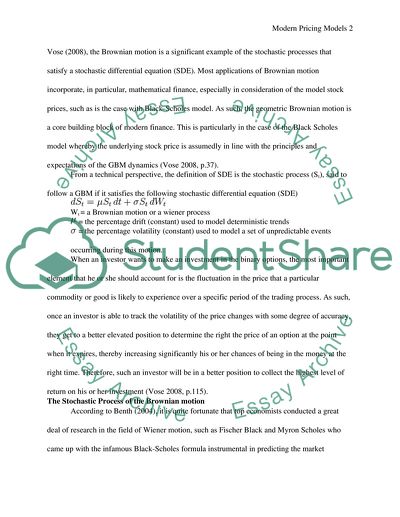Modern pricing models Essay Example | Topics and Well Written Essays - 500 words. Retrieved from https://studentshare.org/mathematics/1677585-modern-pricing-models
Modern Pricing Models Essay Example | Topics and Well Written Essays - 500 Words. https://studentshare.org/mathematics/1677585-modern-pricing-models.


